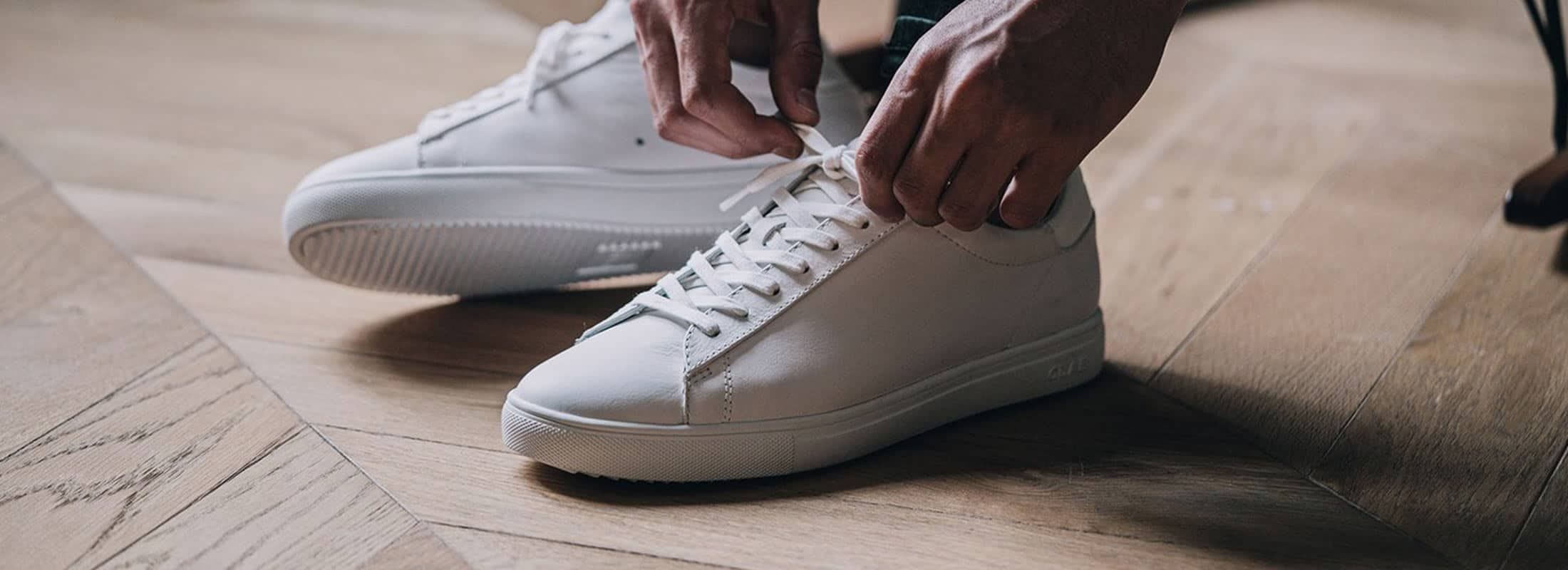Under the cover of night we took the long winding road to Naktapor, hoping to catch the first rays of the rising sun from up in the mountains. The air was cool as we stepped out of the van and made our way to the lookout point. We watched as the fog slowly lifted, revealing the valley below. As the sky grew paler, the Himalayas came into view. Stretching out in the distance towards the east, the snow covered peaks rose into the clouds.
The legendary range, home to Everest, has become a pilgrimage site for mountaineers for over a century. Deadly ascents have made legends of those who have conquered their summits. But there is one name that remains a constant in the stories of these exploits—Sherpa. The name belongs not only to the guides tasked with mapping out the route on these perilous expeditions, but also belongs to a group of people indigenous to the range of mountains that share the border with Tibet. Sherpa, meaning “people of the East,” is a surname given to those born in the eastern ranges of the Himalayas.
Looking to discover the wisdom of the Sherpa, the Altitude Sports team headed to Kathmandu, to meet with the people from Sherpa Adventure Gear, the modern brand that allowed its founder, Tashi Sherpa, to give back to the people of Nepal while paying tribute to the unsung heroes of Everest.

Our accommodations for the week, a cozy bed and breakfast, were housed in the building that also served as the head office, sample studio, and main storefront for Sherpa Adventure Gear in Nepal. It was here in the early hours of the morning that Mingma Sherpa greeted us upon our arrival from the airport. An owner of one of Sherpa’s three stores in Nepal, and a brand ambassador for over a decade, Mingma would be our guide to the ancient temples and modern attractions of Kathmandu.
We spent our first days exploring the city and its surrounding areas, starting in the main tourist area of Thamel before heading towards the outskirts of Kathmandu to the Swayambhunath Stupa. Colloquially known as the Monkey Temple, it gets its name from the furry inhabitants that call the temple area home. They mainly kept to themselves as we climbed the steps, where we took in the breathtaking views overlooking Kathmandu Valley.
Our arrival also coincided with the beginning of the Holi Festival, an annual event held in India and surrounding countries with large Hindu communities, celebrating the arrival of Spring. We spent our second day journeying through temples and narrow streets by rickshaw towards Basantapur to Patan Durbar square where the main festivities were being held. Along the way we were greeted by smiling faces and cries of “Happy Holi” as we were covered in powders of every hue. Large crowds gathered in the square and we managed to catch a bird’s eye view of the festivities from one of the nearby rooftop terrasses.

As we took in these colourful scenes, after two days spent exploring the narrow alleyways and bustling streets, one thing was clear—Kathmandu is full of colour. From the intricately painted deities featured on the buddist temples, to the multi-coloured buildings and freshly-coloured faces of the festival participants, it was hard not to get lost in the palette, and sounds, of Nepal’s capital.
Mingma guided us through our first days and shared with us the significance of the ubiquitous prayer flags in Nepalese culture, one steeped in Tibetan Buddhism. These colourful flags represented the five elements—blue for water, yellow for earth, green for metal, red for fire, and white for water and clouds. It’s said that the flags blowing in the wind help spread the messages of peace, wisdom and joy that they represent.
Hanging from temple domes, rooftops and Himalayan peaks, the flags are an important part of the country’s heritage. Sherpa Adventure Gear’s apparel is also firmly rooted in this heritage: from the hand-knit hats made at a local factory, to the prayer flags featured on the zippers and sleeves of their apparel—there is as much focus on where the clothing is from as where the clothing can take you.

We took the three flights of stairs down from our rooms, past the head office and the store, to the production studio, where we were met by Tsering Sherpa, son of founder Tashi, and his wife Tenzin Dhasel. Tsering, who grew up in Seattle where Sherpa’s head office used to be located, returned to Nepal in 2015 to be with his wife. Together they oversee operations, including the production of Sherpa’s latest apparel made in Nepal and India, from the proto stage to the finished product.
In the studio we had a chance to speak with Sherpa’s Chief Technical Officer Ram Kumar. Although the brand has only been around since 2003, Ram and Tashi’s working relationship goes back 35 years when they were in the fabrics and textiles industry. Ram is responsible for designing the patterns before beginning the sample process. While the original patterns and designs are created manually, Sherpa ensures that their production studio has the latest machinery to maintain efficiency and industry standards. For Sherpa, having the latest technology also means there is very little waste.


While the machines can ensure precision, they cannot account for excess fabric. Having the design studio below the main storefront means they can make small production runs, and create products exclusive to the store. These are often done using excess fabric, which gives them the freedom to try out new designs and to create pieces specific to their market—like scrunchies (called Puna, meaning “again” in Sanskrit). For the pieces of fabric that are too small or unusable during production, they are put aside for Khaalisisi, a recycling program that collects leftover fabrics and materials.
The studio gave us the opportunity to see what production was like on a smaller scale, but for mass production we headed to the brand’s printing studio where we met Subrat Dhittal, the head of the studio and Tashi’s business partner for over 30 years. The studio uses the latest technology which prints the designs directly onto the garments, then heats them as a form of laminate to ensure sharper detailing and no peeling when the clothing is washed. Digitized printing, and paper and water-based glue to hold the designs in place, also means less mistakes and a more sustainable means of production.


Before heading to Sherpa’s knitting factory, we spent the morning exploring the ancient wonders of Bhaktapur. We passed a wedding procession and visited artists busy at work, painting intricately detailed canvases with buddhist iconography. After meeting up with one of the brand’s representatives, we were led through a maze of narrow streets to a courtyard where we were greeted by the team that runs the knitting factory.
The women’s knitting program is an initiative set up by Sherpa. While the factory has been in business for over 30 years, the women’s program has been in place since the brand’s inception in 2003. With yarn from New Zealand, the women are responsible for knitting all of Sherpa’s wool hats. There are 22-25 women working at the factory full time, and while some were hired through an employment network, others were hired through recommendations from friends and family.

Rita, who has been working at the factory for 12 years, spends a lot of her spare time knitting, and before she was hired by Sherpa, would often come to the factory to buy yarn. The opportunity presented itself to make additional income for her family and soon she, along with the rest of the women from the program were knitting four to five hats daily, working at their own pace and being paid based on production. When demand increases, the factory will hire upwards of 300 freelancers. Although they are offered the option of working from home, most of the women choose to come into the factory to knit, where they can sit and chat in the relaxed environment of the factory’s courtyard and knitting room.

The van navigated through the busy city streets with ease. The chaos outside didn’t phase Mingma at all as he told us about the Sherpa Adventure Gear Fund. We were on our way to visit the students who had been given the opportunity to attend boarding school in Kathmandu—all thanks to the fund set up to ensure that every item sold provides a day of school for the students.
Mingma and his wife Yangji have been working with the students since the program’s inception eight years ago. They are part of the selection committee that chooses the students who came from small mountain villages in the Solukhumbu District, villages like Namche Bazar where Mingma was raised. As the company grew, so too did the scholarship program. The program, which started with only three students, has over the years grown to 11, with students ranging from 5 to 15 years old. This growth has also given Sherpa the opportunity to make an even greater impact by partnering with an additional organization that supports education programs across Nepal.
We arrived at the school just before lunchtime and were greeted by the students in their bright red uniforms. They led us to the library, where we sat down and talked a bit about the program, and what they planned on doing afterwards. For some of the younger kids like Dawa, this wasn’t an immediate concern, but for Jigmey, the oldest student who had been in the program since the beginning, it was time to prepare for the next phase of his education where he planned on studying Computer Sciences.

The students were happy to talk about their favourite classes, their favourite music, and their favourite athletes. Once we had a chance to go around the circle, they suggested a tour of the school and their classrooms. Some who had been shy at first grew more talkative as we walked through the hallways, pointing out where Maths and English were taught, and waving at their friends in the middle of their lessons.
The tour continued over at the dormitories. As they showed us where they spent most of their mornings and evenings, they described a typical day, one that started at 5 AM and went straight through until 5 PM, with a few breaks throughout the day to break up classes and study periods. The school is their home away from home, but Sherpa will often organize a few trips throughout the year for the students to return home and visit their family. For those who don’t have the chance to go home, they will often stay with Mingma and his wife, whom the students affectionately refer to as ‘Aunty and Uncle.’
The end of the tour coincided with the bell for recess. While we could have spent the whole day with them, we didn’t want to keep them from spending time with friends and running around the playground before the start of their afternoon classes. As we loaded into the van, they waved at us and said their goodbyes, laughing as we echoed one of the Nepalese phrases they had taught us—feri bettum la (until we meet again).

On our way to the school we stopped at the Boudhanath Stupa. Located on the outskirts of Kathmandu Valley, there are a number of legends surrounding its construction. The Tibetan buddhist myth says that a local buffalo farmer wanted to build a stupa but she did not have the land. She went to the King, who told her if she brought him a piece of buffalo skin she could build one the size of the skin. The woman, seeing the single piece of skin for more than it was, cut it along the edges until it unravelled into a single thread that expanded way beyond its original form. Today the stupa is one of the largest in the world.

Sherpa Adventure Gear, founded in 2003, started out as a small company and has grown over the years into a global brand. Tashi, the founder, saw the potential to do more than just manufacture clothing. Through support from the sale of every item sold, he has established the Sherpa Adventure Gear Fund, which allows students from remote villages in the Himalayas to attend school and earn an education. In working with the women’s factory, Sherpa has given many women the chance to earn additional income for themselves and their families. Expansion has allowed Sherpa to not only modernize their facilities but ensure that the fabric from the clothing they make can be given a second life—it’s no coincidence that Sherpa’s main logo, the endless knot, represents reincarnation. They look to the past, present, and future for inspiration, and most of all they understand the impact that a single thread can have, because, in their own words, Sherpa is a “small brand committed to making a big impact.”










